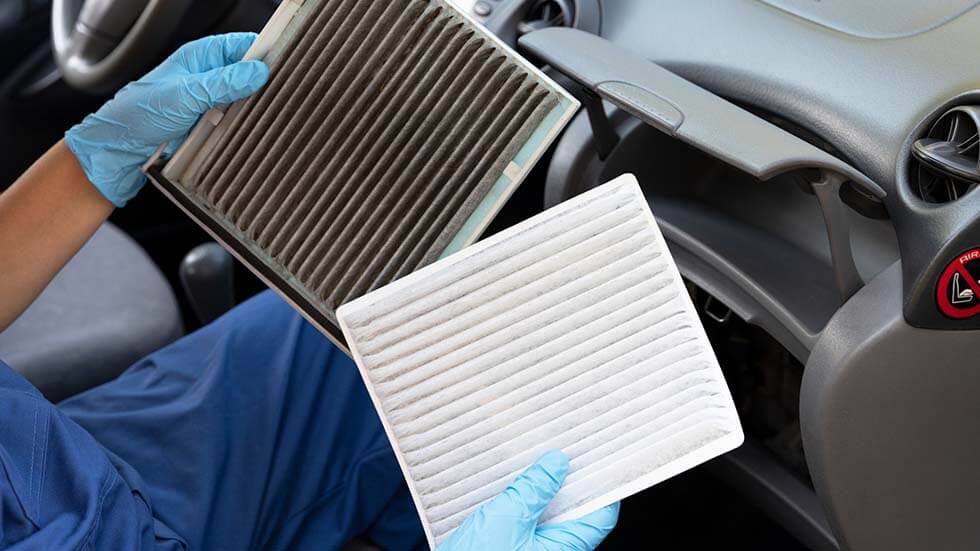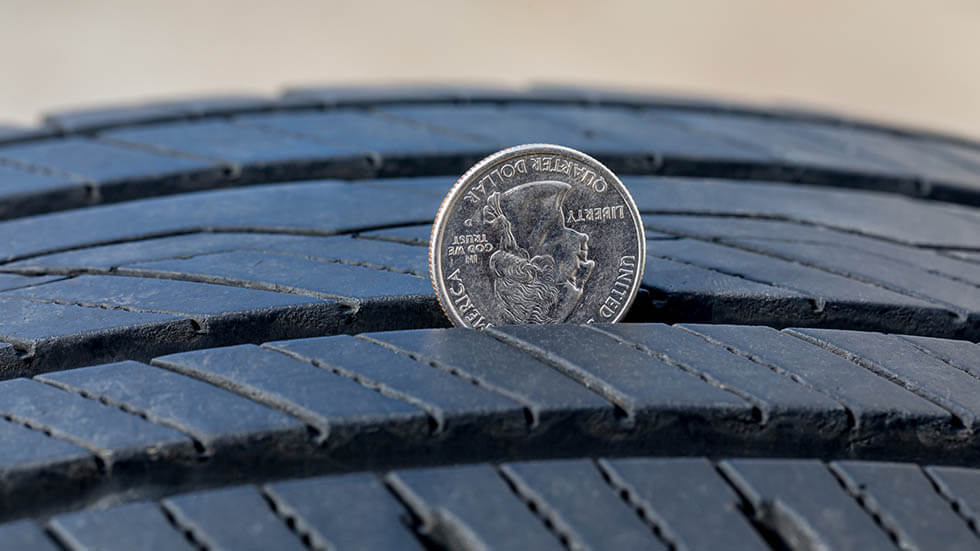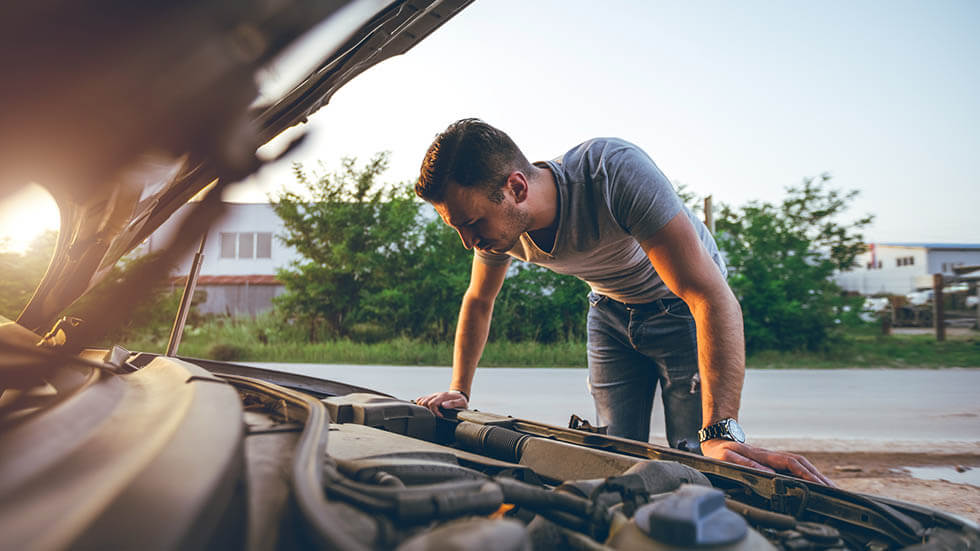

Many drivers feel out of their depth when it comes to vehicle repair. With the average car having over 30,000 parts, no driver could be expected to know all there is to know about the inner workings of their vehicle. Most drivers find that building a relationship with a trusted mechanic is a great way to make up for their knowledge gap. A trusted mechanic understands what most drivers don't, and she uses her knowledge to save her customers money, not just rack up pointless repairs for the sake of padding an invoice.
However, for those drivers who don't have a trusted mechanic, there's a lot they can do on their own to help inform themselves before their next scheduled or unexpected maintenance visit. First, they should familiarize themselves with their vehicle Owner's Manual. Almost everything anyone would need to know from working vehicle features to factory resetting the radio or what air pressure setting tires should be at can be found in the owner’s manual.
We’ve also included below a quick list of common jargon and maintenance items that come up at repair facilities to help you stay informed and knowledgeable on your next visit to the shop.

CABIN AIR FILTER
Your cabin air filter, not unlike your HVAC filter at home, helps remove harmful pollutants like pollen and dust from the air circulating inside your vehicle. Typically, these are replaced every 30,000 miles or so. Cabin air filters are usually accessible from behind the glove box and are simple, like windshield wipers, to replace on your own if you're motivated.
BOTTOMING
If your vehicle's suspension reaches its limits of travel, this is called bottoming and it means your springs are fully compressed, usually caused by aged or failing suspension components. Bottoming causes harsh driving conditions, impaired steering, and could mean the undercarriage of your vehicle contacts pavement.
PSI
Pounds per Square Inch (PSI) is a measurement of air pressure, most frequently used with respect to a vehicle's tires. Each tire will have an ideal PSI setting that varies by brand and model. Check your tire's sidewall for MAX PSI information and your tire's actual PSI once a month. Drivers should note that on cold days in winter, your tires' PSI can lower causing a low pressure light on your dash. Ask your trusted AAA Tire & Auto technician to set your tire pressures free of charge.

TREAD/TREAD DEPTH
This refers to the amount of tread left on your tires. Tread is important for its ability to provide traction over a range of surfaces and transport moisture away from where treads contact the road during wet or snowy conditions. As tires wear, their tread depth gets smaller, meaning they transport moisture less efficiently and provide less traction. Most manufacturers and repair facilities recommend tire replacement at 3/32nds of an inch or less.
OEM
Original Equipment Manufactured (OEM) parts are replacement parts obtained from the vehicle's manufacturer, made by the same company that supply those manufacturers.
HESITATION
Hesitation is when the engine loses power momentarily during acceleration.

AFTERMARKET
Aftermarket parts are classified as any replacement part not obtained from the vehicle's manufacturer through a dealership. Just because a part is aftermarket doesn't mean it's of inferior quality as many of the aftermarket parts are manufactured by the same companies that supply original parts to the vehicle manufacturer.
INTERMITTENT
This is an issue of questionable cause that comes and goes with little or no clear pattern, often in the form of vibrations or sounds.
BALANCING
Balancing is the process of weighting a tire mounted to a wheel so that any imbalance present in the tire or wheel assembly is offset. This ensures the wheel spins without vibrations, reduced traction, and increased tire wear. Tires should be balanced whenever they're first placed onto a wheel.
PLAY
This is a term mechanics often use to indicate how loose a component or connection is. They frequently use it to describe suspension or steering issues caused by wear.
DRIVETRAIN
This refers to the entire system of components on your vehicle that deliver power to its wheels; the engine, transmission, driveshaft, differential, and axles.
GRAB
This refers to brakes that suddenly engage in a strong manner, even when light pressure is applied to the pedal. Of course, this is by no means all there is to know and we encourage you to get to know your trusted mechanic and their preferred jargon!
